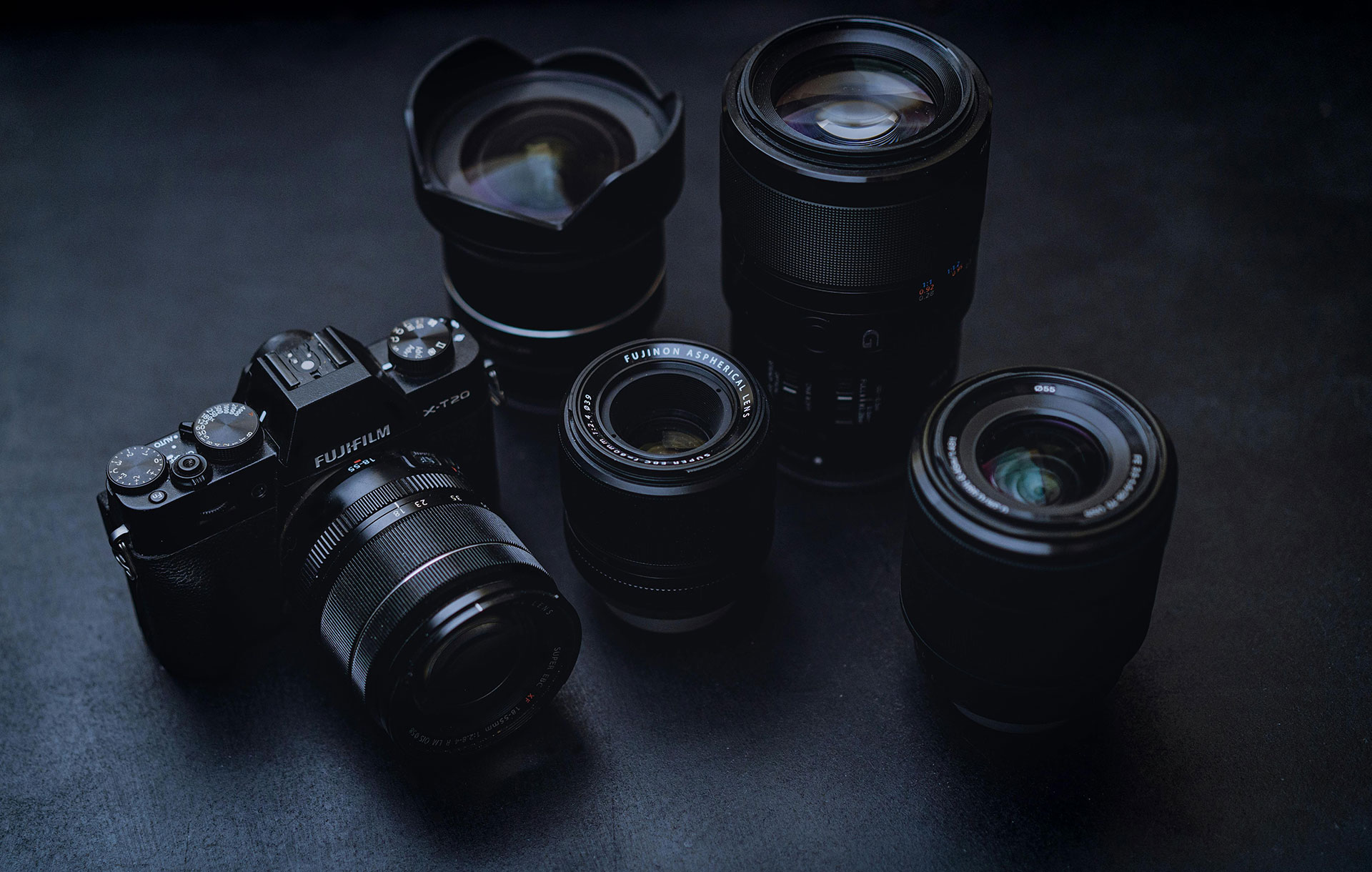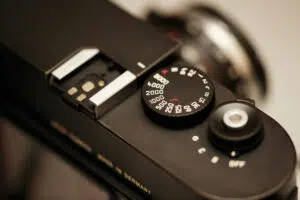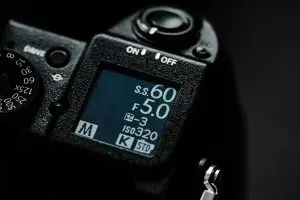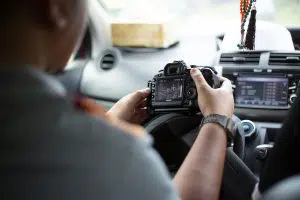Choosing the right portrait photography lenses can be overwhelming with so many options available. The lens you use has a huge impact on the quality of your photos, affecting everything from how sharp your subject looks to the aesthetic of the background. Whether you’re a beginner or an experienced photographer, selecting the right portrait photography lenses will help you take your portrait photography to the next level.
Here’s a simple guide to help you decide on the best portrait photography lenses for your work.
Understanding the Different Types of Lenses
There are three main types of lenses you’ll be working with when it comes to portrait photography lens choices: prime lenses, zoom lenses, and aperture considerations. Each of these has its unique advantages and drawbacks, so it’s important to understand how they can affect your shots.
Prime Lenses: A Favorite for Portraits
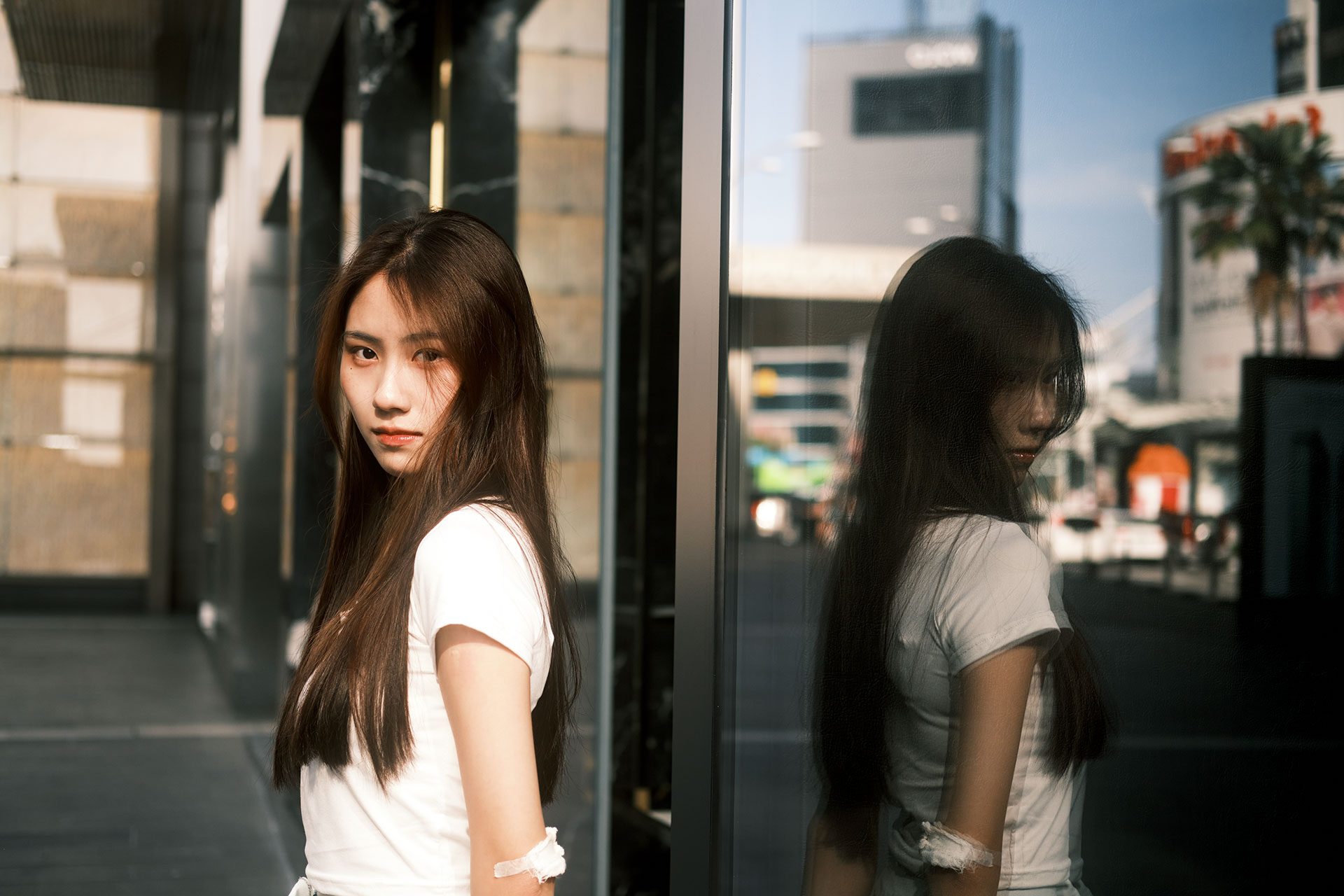
Prime lenses are fixed lenses with a single focal length. This means you cannot zoom in or out with a prime lens; you need to physically move closer or farther from your subject to adjust the framing. While this may seem limiting at first, prime lenses offer some significant benefits, especially for portraits. One of the key advantages of a prime portrait photography lenses is the wide aperture, which allows for beautiful background blur (bokeh) and a shallow depth of field that isolates your subject.
A popular choice for portraits is the 50mm prime portrait photography lens. It offers a natural perspective similar to the human eye, making it ideal for capturing candid or posed portraits. If you want more background compression and subject isolation, consider a longer focal length like 85mm or 135mm. These lenses are often preferred by professional portrait photographers for their ability to produce flattering, soft backgrounds while focusing sharply on the subject’s face.
Zoom Lenses: Flexibility in Framing
Zoom lenses are incredibly versatile and can offer a range of focal lengths in one lens. Instead of switching lenses for different shots, zoom lenses allow you to change the framing quickly and easily, which can be useful in dynamic environments. For portrait photography lenses, a 24-70mm zoom lens is a solid option. It allows you to shoot both wide and tighter portraits, giving you the flexibility to adjust framing depending on your subject’s distance or the scene you’re capturing.
While zoom lenses don’t always offer the same level of image sharpness as prime lenses, they still produce fantastic results when used correctly. They’re perfect for situations where you need to be flexible, like at weddings, events, or family shoots.
Aperture: What You Need to Know
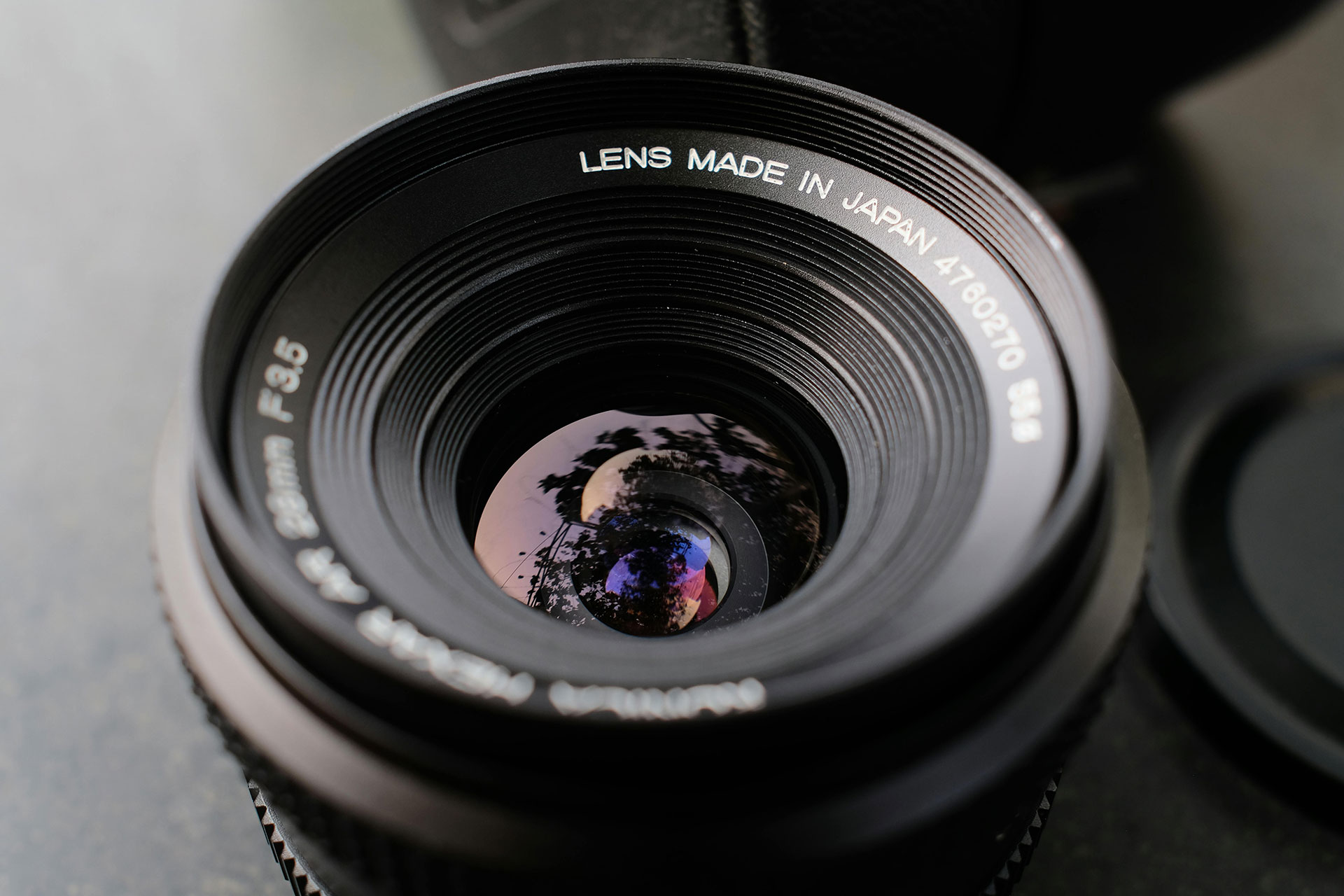
Aperture refers to the opening in the lens that allows light to pass through to the camera sensor. The size of the aperture is measured in f-stops. The wider the aperture (a smaller f-number like f/1.4), the more light the lens lets in and the shallower the depth of field will be. This is critical in portrait photography lenses because a wide aperture will blur the background, allowing your subject to stand out more sharply.
For portraits, you’ll typically want a portrait photography lens with a wide aperture. Lenses with apertures like f1, f/1.8, f/1.4, or f/2.8 will provide that smooth, blurred background effect that makes your subject pop. Keep in mind that the wider the aperture, the better the lens will perform in low-light conditions, which can be helpful if you’re shooting indoors or in dim environments.
Budget-Friendly Lenses for Portraits
While high-end portrait photography lenses can be amazing, there are plenty of affordable options that deliver fantastic results too. If you’re working with a tighter budget, don’t worry—there are lenses that can still provide beautiful portraits without breaking the bank.
One of the most popular budget lenses for portrait photography is the 50mm. This lens is often called the “nifty fifty” because of its affordability, sharpness, and versatility. It’s perfect for beginners and enthusiasts alike, offering a nice balance of image quality and price. For a little more reach and similar performance, you could try the 85mm. This portrait photography lens allows for a little more background compression and subject isolation, giving your portraits a more professional feel.
Another affordable option is the 24-70mm zoom lens. While not as fast as the f/2.8 version, the f/4 offers a wide range of focal lengths that can work well for portraits. It’s a great all-around portrait photography lens if you don’t want to invest in multiple lenses.
If you’re looking for something unique with a bit of a nostalgic or vintage look, you might consider exploring vintage lenses. These lenses can often be found at a fraction of the price of modern glass, yet they deliver a distinct, artistic quality that can give your portraits a timeless feel. Many vintage lenses, such as those from Helios or Canon FD series, are prized for their soft rendering, beautiful bokeh, and unique color rendition. Though they might lack some of the modern features like autofocus or image stabilization, they offer a more hands-on experience that can spark creativity and provide your work with a unique aesthetic.
Vintage lenses can be an affordable way to expand your lens collection without compromising on image quality. If you’re shooting with manual focus lenses, just keep in mind that these lenses require a bit more time and attention during shooting, but the results can be absolutely worth it. So, if you’re looking to add character and creativity to your portraits, vintage portrait photography lenses might be a fantastic option to explore.
High-End Lenses for Portraits
If you have a larger budget to work with, you can invest in some higher-end lenses that offer incredible image quality and performance. These lenses are built with better materials and optical design, which results in sharper images, more accurate color reproduction, and improved overall performance in challenging conditions.
A top choice for portrait photography lenses is the 85mm. This lens is known for its ability to create that beautiful, creamy bokeh and stunning subject isolation. It’s perfect for capturing portraits where you want your subject’s face to be crisp and clear, with a beautifully blurred background. The 70-200mm zoom lens is another great option for those who want flexibility. This lens lets you zoom in on your subject without losing sharpness or performance. It also has a wide aperture, making it great for low-light conditions and achieving that professional look.
Key Considerations When Choosing Your Lens
When choosing a portrait photography lens, it’s essential to consider the style of portraits you want to create. Are you focusing on close-up headshots, or do you prefer full-body shots with a more dramatic background blur? Longer focal lengths like 85mm and 135mm are great for headshots, while 50mm and 70mm lenses give you more flexibility for full-body portraits.
Another factor to consider is the distance between you and your subject. If you’re shooting in a tight space or a location where you can’t move around much, a zoom lens may be a better option. If you have plenty of space to work with, a prime portrait photography lens like the 85mm will allow you to create stunning portraits with great subject isolation.
Finally, always think about your budget. You don’t need the most expensive lens to get beautiful portraits. In fact, many professional photographers use budget-friendly options like the 50mm to create stunning portraits.
Looking for More Gear?
If you’re exploring lenses for portrait photography, you might also be interested in other essential gear for capturing the best shots. Be sure to check out our best camera gear guide, where we recommend the top cameras, tripods, and accessories for portrait photographers.
Also, if you’re a fan of Fujifilm cameras, don’t miss our upcoming article on the best Fujifilm lenses for portrait photography, where we’ll explore the top options tailored for Fujifilm users.
Conclusion
Choosing the right portrait photography lens depends on your specific needs, budget, and style. Whether you opt for a prime lens like the 50mm or a zoom lens like the 24-70mm, understanding how the lens will affect your images is crucial. A wider aperture will give you that gorgeous background blur and subject isolation, making your portraits pop.
For those with a bigger budget, investing in lenses like 85mm or 70-200mm will give you exceptional results and flexibility. Whatever lens you choose, the key is to experiment and find what works best for your portrait style.

